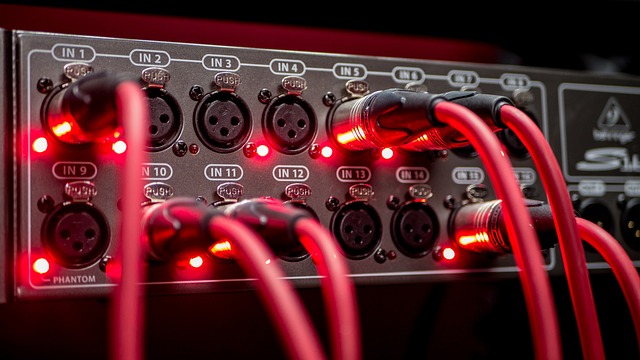In the often hectic world of UK professional settings, sound is a powerful yet frequently overlooked element that can shape the character of a space. Whether it’s a bustling office in London, a tranquil spa in the Lake District, or a vibrant retail store on Oxford Street, the right audio design can profoundly influence how a space feels, functions, and performs. Selecting the perfect commercial audio speakers isn’t just about choosing the right kit—it’s about crafting an auditory experience that harmonises perfectly with the environment’s purpose and goals.
Think for a moment about the subtle yet significant impact of sound on our daily lives. Imagine walking into a sleek, modern office in Canary Wharf where the background noise is a carefully curated mix of soft instrumental music and the gentle hum of productivity. This isn’t random—it’s a deliberate choice designed to foster focus, collaboration, and creativity. Or consider a high-end boutique in Knightsbridge, where the music is more than just a backdrop; it’s a vital part of the brand experience, each note encouraging you to linger, explore, and perhaps make that special purchase.

The first step in integrating sound into any professional space is to understand the unique characteristics of that space. Every environment has its own acoustic profile, influenced by factors like room size, layout, and the materials used in construction. A cosy, intimate space might require a different approach than a sprawling open-plan office. For instance, a large office with multiple departments could benefit from a system that allows different zones to operate independently, tailoring the sound to suit various activities. This way, a collaborative area can buzz with energy, while quieter zones maintain a calm, focused atmosphere.
For businesses that engage directly with customers, such as restaurants, cafes, or retail shops, the right audio design can significantly enhance the customer experience in subtle but powerful ways. A restaurant that plays lively, upbeat music might find it encourages quicker turnover of tables, while a spa with soothing, gentle sounds might enhance relaxation, inviting clients to extend their visits. The key here isn’t just in the selection of music but in how it’s delivered. Clear, well-balanced sound that fills the space without overwhelming it can make customers feel comfortable and connected to the brand.
Another critical aspect of audio design is its technical configuration. The sound system must be aligned with the space’s acoustic needs, ensuring that every corner is filled with sound that is both clear and pleasing. A system that’s too powerful can create discomfort in a small room, while an underpowered setup might leave larger areas feeling flat and lifeless. This is where the expertise of commercial audio speakers professionals becomes invaluable—they can tailor a system to meet the specific acoustic demands of any space, ensuring that the audio not only fits but enhances the environment.
Durability and adaptability are equally important when selecting commercial audio solutions in the UK. Professional spaces often endure long hours of operation, putting significant strain on electronic systems. Investing in durable, commercial-grade audio equipment ensures that it can handle the demands of continuous use without compromising on quality. Additionally, choosing systems that are easy to maintain and upgrade allows businesses to adapt their audio environments as their needs evolve, ensuring a wise investment in every sense of the word. Integration with other technologies is another layer that adds to the value of a well-designed audio system. In today’s connected world, audio doesn’t stand alone—it’s part of a broader ecosystem that includes everything from video conferencing tools to security systems. In a modern office, for example, having an audio system that seamlessly integrates with communication networks can enhance both efficiency and collaboration. Similarly, in environments like theatres or conference halls, the synchronisation of sound with visual elements can elevate the overall experience, creating a cohesive, immersive environment

